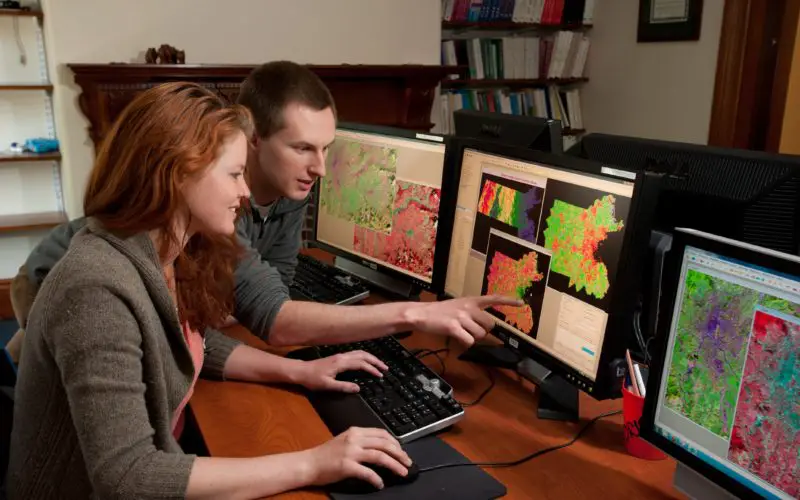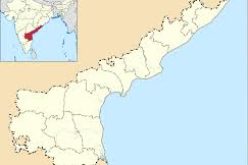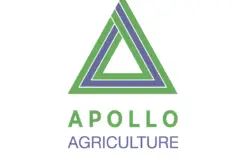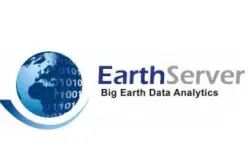Establishing a brand for your geospatial company is key to your success and can be overwhelming if you need help knowing where to start.
This blog will provide a step-by-step guide for successfully branding a geospatial company. From creating an eye-catching logo, crafting meaningful messaging, and developing effective marketing campaigns, this guide will help you set a foundation for long-term success in the ever-evolving world of geospatial technology.
Let’s get started!
The Importance of Branding in the Geospatial Industry
The world is driven by location intelligence and geographical data, so choosing to be a part of a geospatial industry can be quite a lucrative venture. However, it’s not enough to be one of the players in the market. You need to build a brand that makes you a winner and ensures you are remembered and recognized.
The geospatial market is diverse, encompassing areas like GIS (Geographic Information Systems), remote sensing, and GPS technologies. With applications ranging from urban planning and logistics to environmental monitoring and disaster management, the scope of the industry is vast. Yet, despite its wide-ranging influence, the complexity of geospatial services can often make them inaccessible to potential clients.
This is where effective branding bridges the gap.
Understand Your Brand
Before going too deep into the aspects of the visual representation of your company and developing a plan, you need to understand the essence of your brand. What does this mean?
You need to answer a few questions:
- What does your geospatial company stand for?
- What are your focus areas? — Precision, innovation, user-friendliness, or a combination of these;
- Who is your target audience?
Understanding your core values, mission, and vision is the first step in creating a brand that genuinely reflects your company’s goals. On the other hand, consumers today tend to trust genuine businesses that build a strong brand from the start.
Identify Your Target Audience
One of the questions you had to ask yourself in the previous steps deserves additional attention. The importance of who you are trying to reach is one of the most crucial aspects of your geospatial company. Whether it’s businesses in logistics, urban planners, or environmental agencies, understanding your target audience’s needs and challenges is key to creating a brand that appeals to them. Tailor your branding to speak directly to their needs.
Develop Your Brand Personality
Your brand personality is how your brand communicates and connects emotionally with your audience. Now that we have covered the target audience, it will be easier to accomplish this step.
Is your brand more corporate and professional or friendly and approachable? This personality should be reflected in all your branding efforts, from your website tone to your marketing materials. Keeping a uniform brand on all channels can impact the target audience better and add to your credibility.
Choose Your Brand Name Wisely
Your brand name is often the first thing people will learn about your company. It should be memorable, easy to pronounce, and reflect your brand’s essence. Consider names that hint at geospatial technology, location intelligence, or map-making, but also make sure it’s unique and not already taken.
Create a Memorable Logo
A logo is a visual representation of your brand. It’s often the first thing that comes to mind when someone thinks about your company, so it needs to stand out. Consider elements that reflect maps, location, and technology for a geospatial company.
If you’re on a budget or need inspiration, a free logo maker can be a great tool to experiment with different designs.
Decide on Your Color Palette and Typography
While deciding on the best logo for your geospatial company, think about the primary colors and theme. Going for colors that reflect your brand’s personality and industry is a good idea.
Geospatial companies often lean towards blues and greens, reflecting precision, trust, and growth. Typography should be legible and align with your brand’s personality. It’s a balance between innovation and approachability. This way, you can build a strong brand that resonates with various audiences.
Build a User-Friendly Website
Developing a solid brand includes having a way for your potential customers to interact with you. The best way to do this step is to build a professional website. Remember that most users want a clean experience on mobile devices, so the design needs to be adaptive. In addition, ensure it’s user-friendly, informative, and reflects your brand identity.
Include your logo, use your brand colors, and create content that meets your audience’s needs. Showcase your projects, technologies, and expertise in geospatial solutions.
Develop Uniformed Marketing Materials
From business cards to brochures, ensure all your marketing materials reflect your brand identity. Consistency in design, tone, and message helps build brand recognition and trust.
Leverage Social Media
Social media is a powerful tool for building brand awareness. Share content showcasing your expertise in the geospatial field, engage with your audience and use platforms your target audience uses.
Consistency in your social media presence reinforces your brand identity. In addition, engage and communicate with your followers to generate interest in your brand and build a loyal base of clients.
Use Feedback to Grow
While the journey is exciting, there will always be some bumps along the road. Branding any company, including a geospatial business, takes time and is an ongoing process. To make things easier, getting feedback from your customers, employees, and industry peers is a good idea.
Use this data to refine your branding strategies, and feel free to experiment with different approaches until you evolve your brand.
Conclusion
Branding your geospatial company is a process that takes time and dedication. You can build a brand that stands out by understanding your target audience, brand essence, and how to communicate your ideas effectively. Every step, including choosing the right name and logo for web design and marketing, is important to make it in the competitive market.












